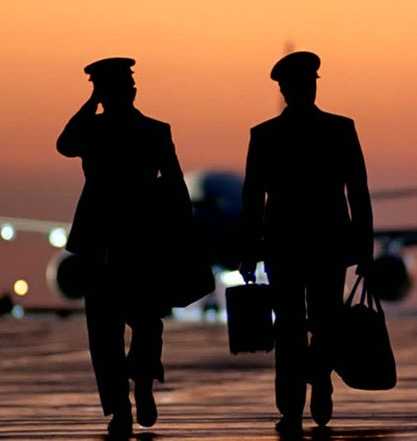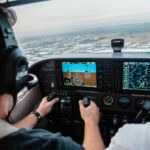Pilots Should Have Experience Before Flying Airliners
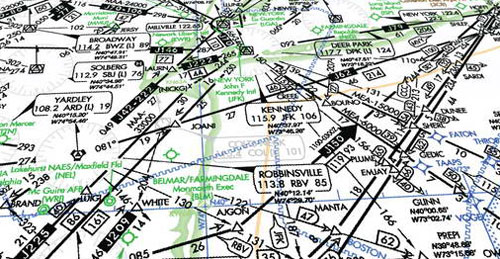
The debate is again heating up as to whether new rules requiring an Airline Transport Pilot Rating to fly as a first officer in airline operations are necessary. The rule change came about following a Colgan Air crash in 2009. Prior to that crash pilots could serve as first officers at airlines with just a commercial pilot license.
Regional Airlines are saying that the higher standard is helping to fuel a pilot shortage and is making it more difficult to find qualified pilots. Some regional airlines are now cancelling flights for lack of pilots.
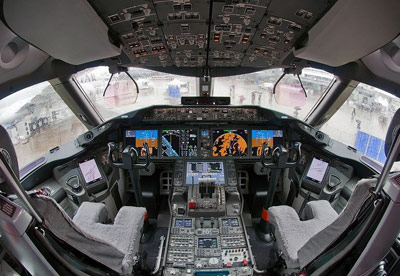
Pilot unions and safety groups counter that weakening training standards will lessen safety. “Trust me, there is no training substitute for actual flying time and real world experience,” said Captain Chesley Sullenberger, the former US Airways pilot who safely landed an Airbus A320 on the Hudson after losing both engines. “Efforts to reduce flying hours fly in the face of evidence and logic, and put millions of lives at risk.”
Senator John Thune, a Republican from South Dakota, has proposed that pilots could receive credit towards the 1,500 hours required for the Airline Transport Pilot Rating through alternative means. The Federal Aviation Administration (FAA) already allows certain academic courses to count towards the minimum requirement. Thune’s proposal is to expand activities allowed to provide credit, and he has stated that this is an attempt to address pilot shortages.
Airline Transport Pilot Rating Requirement Has Been a Debate Since the New Requirement Was Proposed
The rule changes resulting from the Colgan Air accident have been debated since they were proposed. Opponents to the measure have included large aviation universities and flight schools as well as associates and lobby groups representing the regional airline industry. Proponents for the ATP change usually include pilot unions and safety organizations.
Opponents to requiring an Airline Transport Pilot Rating for airline operations contend that an absolute measure of hours does not equate to a pilot being competent or safe. They argue that a person buzzing around in a general aviation airplane with no incidents for 1,500 hours is not any more appropriate to crew an airliner than a person going through a highly structured and rigorous training program with 500 hours. They will also cite that both of the Colgan pilots had more than 1,500 hours of flight time when they crashed in New York.
Proponents of the increased requirements will point to studies that can tie crash risk to flight experience. And supporters are often experienced pilots that have learned the value of what experience teaches. It is difficult for people with little or no flight experience to value the lessons and skills learned until they themselves gain the experience.
Musings of a 8,000 Hour Pilot
I count myself fortunate to look at this debate with some experience under my belt. There are many pilots with a lot more experience than me, but I am glad for the time I’ve spent instructing, flying for an airline, flying single pilot cargo, and lots of other flying work.
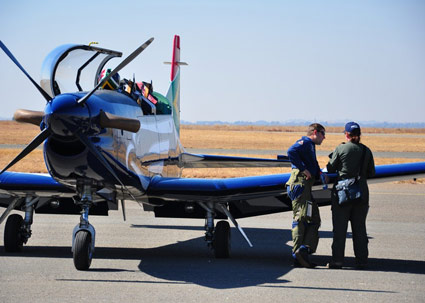
The opponents to requiring increased hours are correct in not assessing all experience as equal. A person tootling around on their own in a Cessna 152 for their experience is not going to be comparable to a person flying high performance aircraft or in complex operations and environments. However, in most cases a person working their way through the ranks as a professional pilot is going to have a fair amount of quality in their gained experience.
I consider aviation safety a goal of averages. Time and resources are best spent in an attempt to impact the average rather than chasing the outliers. And to that end, there is quality experience in the first 1,500 hours of an average professional pilot’s experience.
If I had my druthers, every regional airliner I or my loved ones flew upon would be crewed by pilots with experience as flight instructors and in single pilot cargo operations before they got into the seat of a high performance airliner.
In my flight career I felt I truly learned to fly an airplane when I taught others. Many will point and say that low-time pilots can be made technically proficient with little flight time. But I would counter that even though they can push buttons and chase flight directors they haven’t gotten an opportunity to truly learn flying.
The Colgan crew responded incorrectly to a stall. The accident may have just been an incident had the pilots had more exposure to stalls. It is exactly this kind of exposure most flight instructors get every day.
I became comfortable with operating in the instrument flight system and flying in poor weather by flying single pilot cargo. It isn’t the most fun or glamorous job, however pilots that have served time as freight dogs come through having razor-honed instrument scans and knowledge.
I attended one of the aviation universities that has a highly structured and rigorous training program, but highly structured also means a great deal of hand holding. Pilots that come out of that school don’t necessarily learn actual decision making when it comes to the weather. It took my first pilot job for me to learn that my training was of high quality, but also a detriment to overcome.
As I mentioned, low time pilots often don’t know the value of learning from experience until they themselves have gone through it. A few things I have learned:
- What it means to fly in the weather and how I can safely get jobs done for my employers in bad weather. One specific example is that I will not attempt to cross the north cascades when there is a occluded front stalled out unless I get can into the flight levels. I have learned how to safely circumnavigate thunderstorms and that flying in stormy weather is often pretty safe so long as I have my head on a swivel and am always thinking of the next turn.
- What it’s like working with pressure to get the job done. Aviation employers make money when airplanes move. If the airplanes sit it hurts the bottom line. Some employers are bad about pressuring pilots to take planes out when they should be waiting for maintenance or for the weather to improve. It can be difficult as a low time pilot to know when and how to draw a hard line for safety concerns.
- Getting there (get-there-itis) is just as strong for pilots as it is for anyone else. Experience has taught me where to set my personal minimums, how to apply them during flight, and how to plan for and execute outs should it be necessary.
- How to comfortably operate within the air traffic control system. How, when, and what to ask controllers when you need services or assistance. I’m much more efficient on the radio now. And I’ve reached the point where the controller feels more like part of an inclusive team rather than someone bossing me around the air.
First Officer Experience is Important in a Crew
Airline operations are complicated and are too much for one person to take on by themselves. For an airliner to be operated efficiently and in the safest possible way, the flight and cabin crews need to function as a team. The first officer should be a valuable asset rather than a liability to be taught or handled with kid gloves.
Changes in Safety Regulations Should Not Be Considered In Response to Pilot Shortages
The current proposals being tossed around on capital hill are in response to the pilot shortage. Law makers have been pressured by pilot employers to get a larger supply of pilots available to ease their pilot staffing pains. Some in the industry are attempting to put the blame on the increased requirements. However, the pilot shortage stems from many factors and this one change will only make a dent. Safety regulations shouldn’t be automatically available as tools for law makers to adjust based on economic pressures from their benefactors.
Greg started his professional pilot journey in 2002 after graduating from Embry Riddle. Since that time he has accumulated over 8,000 hours working as a pilot. Greg’s professional experience includes flight instructing, animal tracking, backcountry flying, forest firefighting, passenger charter, part 135 cargo, flying for a regional airline, a national low cost airline, a legacy airline, and also working as a manager in charge of Part 135 and Part 121 training programs.

